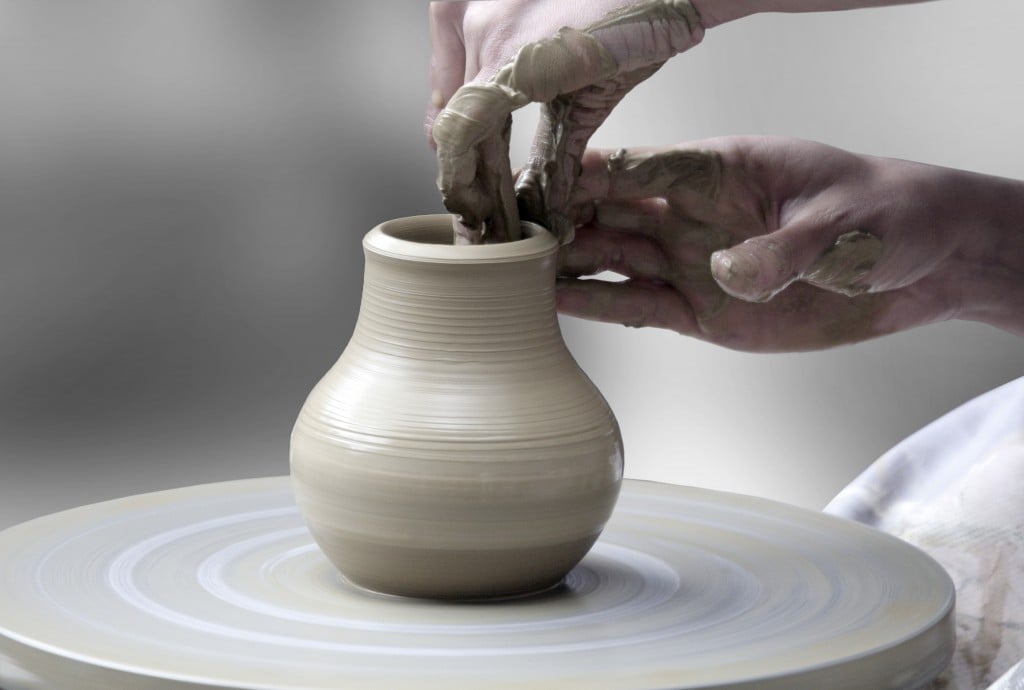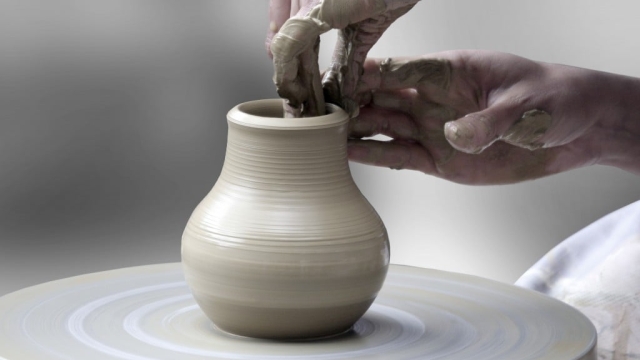
In a world that often prioritizes the mass-produced and disposable, pottery emerges as a celebration of craftsmanship and artistry. The tactile nature of clay, shaped by skilled hands, gives life to creations that tell stories of culture, history, and personal expression. From the delicate intricacies of ancient techniques to the bold, modern interpretations of traditional forms, pottery invites us to connect with the earth itself, grounding us in a material that has been cherished for centuries.
At the forefront of this artistic endeavor is Amitābha Studio, a haven for those who appreciate the beauty of unique, one-of-a-kind lamps. Specializing in intricate designs crafted from antique and vintage Delft ceramics as well as other exquisite Dutch and Belgian pottery, the studio highlights the elegance of these materials. Each piece is a testament to the past, transformed into functional art that enhances any living space with its charm and character. As we delve deeper into the world of pottery, we uncover not just the techniques and forms, but the rich heritage that breathes life into each creation.
The Legacy of Delft Pottery
Delft pottery, known for its distinctive blue and white designs, has a rich history that dates back to the 16th century in the Netherlands. This style emerged as a response to the popularity of Chinese porcelain, which was highly sought after in Europe. Local artisans in Delft began creating their own earthenware, drawing inspiration from the intricate patterns and glazing techniques of their Chinese counterparts. As a result, Delft became a hub for pottery production, showcasing the blending of cultures through craftsmanship.
Over the centuries, Delft pottery evolved, with artisans experimenting with colors, shapes, and techniques. The early works often featured botanical motifs and scenes from everyday life, which appealed to collectors and enthusiasts. Notably, by the 17th century, the craftsmanship of Delft potters reached new heights, marked by the use of cobalt blue underglaze painting. This innovation set the stage for Delft pottery to become a coveted art form both in Europe and beyond, establishing a legacy that continues to inspire artists today.
Today, the legacy of Delft pottery is preserved by modern artisans and studios, such as Amitābha Studio, which specialize in reimagining vintage pieces. By crafting unique lamps from antique and vintage Delft and other Dutch and Belgian pottery, these creators honor the rich tradition while bringing new life to the age-old art. Each piece tells a story, bridging the gap between history and contemporary design, ensuring that the beauty of Delft pottery remains relevant in the modern world.
Crafting Unique Lamps
Amitābha Studio brings a fresh perspective to the world of pottery by transforming antique and vintage Delft and other Dutch and Belgian pottery into stunning, one-of-a-kind lamps. Each piece is thoughtfully selected for its unique design and historical value, ensuring that every lamp tells a story of its own. The intricate details and vibrant colors of the pottery are preserved and highlighted, showcasing the artistry that has stood the test of time.
The process of crafting these lamps involves a delicate balance of preservation and innovation. Skilled artisans carefully disassemble the pottery to incorporate modern lighting elements, ensuring functional design while respecting the piece’s original essence. This approach allows for the creation of lamps that not only illuminate spaces but also serve as captivating conversation starters.
In the end, each lamp from Amitābha Studio is more than just a source of light; it is a fusion of history and contemporary style. These lamps enhance any decor, bringing warmth and character to homes while honoring the craftsmanship of past generations. Collectors and design enthusiasts alike will find that these unique lighting pieces are perfect for expressing individuality and appreciation for artistic heritage.
Amitābha Studio’s Artistic Process
At Amitābha Studio, the artistic process begins with a deep appreciation for the rich history embedded in antique and vintage Delft pottery. Each piece is carefully sourced, with artisans selecting items that exhibit unique patterns and character. The team believes that every lamp they create should not only illuminate spaces but also tell a story of its past. This emphasis on craftsmanship ensures that each lamp is more than just a functional object; it becomes a conversation starter.
Once the pottery has been selected, the design process takes center stage. The artisans at Amitābha Studio envision how the antique pieces can be transformed into stunning lamps that maintain their original charm while serving a modern purpose. This requires a delicate balance of creativity and technical skill, as the design must complement the pottery’s aesthetic while ensuring sturdiness and functionality. The result is a harmonious blend of old and new, where the artistic intent remains at the forefront.
Finally, the assembly and finishing touches are applied, culminating in a unique lamp ready to be appreciated in homes and spaces. Each creation is meticulously crafted, with every detail considered, from the lamp shade to the base. The dedication to quality and artistry is evident in the final product, making each lamp a true representation of Amitābha Studio’s commitment to preserving the beauty of historic pottery while introducing it into contemporary decor.
The Integration of Vintage Elements
In today’s fast-paced world, incorporating vintage elements into modern design brings a sense of history and uniqueness to interior spaces. Amitābha Studio excels in this integration by transforming antique and vintage Delft pottery into stunning lamps that serve both functional and aesthetic purposes. Each piece tells a story, woven from the rich heritage of Dutch and Belgian craftsmanship, allowing owners to connect with the past while illuminating their present.
The artistry involved in repurposing these cherished items showcases the skill and creativity of the artisans at Amitābha Studio. They meticulously select pottery that embodies exceptional design and craftsmanship, emphasizing the intricate patterns and color palettes that define Delftware. By giving these vintage pieces new life as lamps, the studio honors their heritage while making them relevant for contemporary home decor.
Moreover, the combination of vintage pottery with modern lighting technology offers a harmonious blend of old and new. These lamps not only provide beautiful lighting but also act as conversation starters and focal points within any room. As collectors and design enthusiasts seek to personalize their spaces, Amitābha Studio’s unique offerings bridge the gap between nostalgia and modernity, bringing a touch of artistry and warmth into homes.
Sustainability in Pottery Art
Sustainability in pottery art is increasingly becoming a focal point for artisans and consumers alike. As the world grapples with the consequences of climate change and waste, pottery artists are finding innovative ways to create beautiful pieces without compromising the environment. This involves sourcing materials responsibly, utilizing non-toxic glazes, and adopting techniques that minimize energy consumption. By prioritizing eco-friendly practices, potters can produce stunning works of art that also contribute positively to the planet.
Amitābha Studio exemplifies this commitment to sustainability through its dedication to using antique and vintage pottery. By repurposing materials that might otherwise be discarded, they breathe new life into Dutch and Belgian pottery. Each lamp crafted is not only a unique statement piece but also a representation of sustainable artistry. This approach helps reduce waste, fostering a deeper connection between the artist and the materials they choose to honor and transform into functional art.
In addition to the materials used, the storytelling aspect of pottery also plays a significant role in promoting sustainability. Each piece embodies history and culture, inviting consumers to appreciate the craftsmanship that went into its creation. By choosing items that reflect a mindful consumption philosophy, art enthusiasts can support artisans who prioritize sustainable practices while acquiring distinctive works that carry a legacy. Thus, sustainability in pottery art is not just about the creation process, but also about valuing and preserving the stories and traditions behind each piece.


